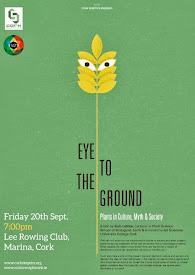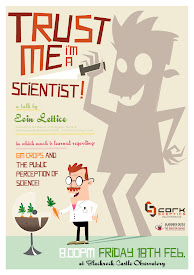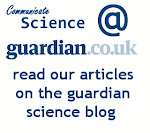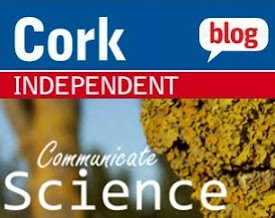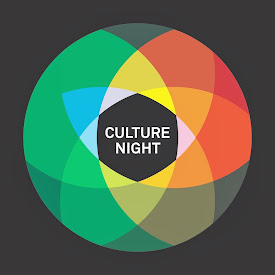"commitment will be tested further in the difficult years to come"
You can read the full text of the Minister's speech here.
The Minister struck a positive note with regard to the Irish higher education sector and was confident that it could be a crucial part of Ireland's recovery from difficult economic realities. Quoting Vere Foster, the 19th Century educationalist and philanthropist, the Minister recalled that "a nation's greatness depends on the education of its people".
Minister Quinn outlined the positives as they are and noted that these achievements owe much to "the strong commitment and ethos of public service of those working in and leading our higher education institutions". The Minister made clear in his speech however that "this commitment will be tested further in the difficult years to come".
In terms of entry to third level, the Minister rightly recognised that the system needs to change. Simply going directly from the Leaving Cert to college is no longer the reality for many entrants to the sector and that needed to be recognised with a rethink of the CAO system:
"We have to think in terms of how we manage for a more diverse cohort of students, with new levels and forms of demand for flexible learning and non-traditional routes of entry", said the Minister.
Minister Quinn also recognised the effect that the "points race" was having on student development at second level. Any changes made at second level could well be undermined if we do not address "the demands and pressures that the current points system places on both teachers and students".
Announcing a review of admissions procedures to third-level, the Minister was clear: "We need to be prepared to think in terms of radically new approaches and alternatives to the current arrangements". I'm not sure if we should hold our breath!
In terms of the third-level sector itself, it is to be welcomed that the Minister has made a clear statement on the integration of research with teaching and learning. "In sustaining [a] broad base of knowledge", the Minister said "I want to be clear about the expectation that all teaching staff will be research-informed or research-active and that all researchers will be active in teaching". Hear! Hear!
Funding for third-level is another one of those political hot potatoes and there seems to be little light at the end of the tunnel: "I have asked the Higher Education Authority to undertake further work on the sustainability of the existing funding framework over the course of this year". So no change there then!
The minister welcomed and backed the idea of the Institute of Technology sector forming new Technological Universities in an "organic" manner and said that he would be endorsing the need for third-level institutions to have autonomy over their operations, while at the same time, balancing this with the "requirements of public accountability for performance".
There is much to contemplate in the Minister's speech.



































